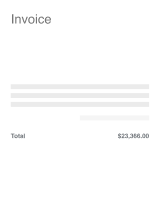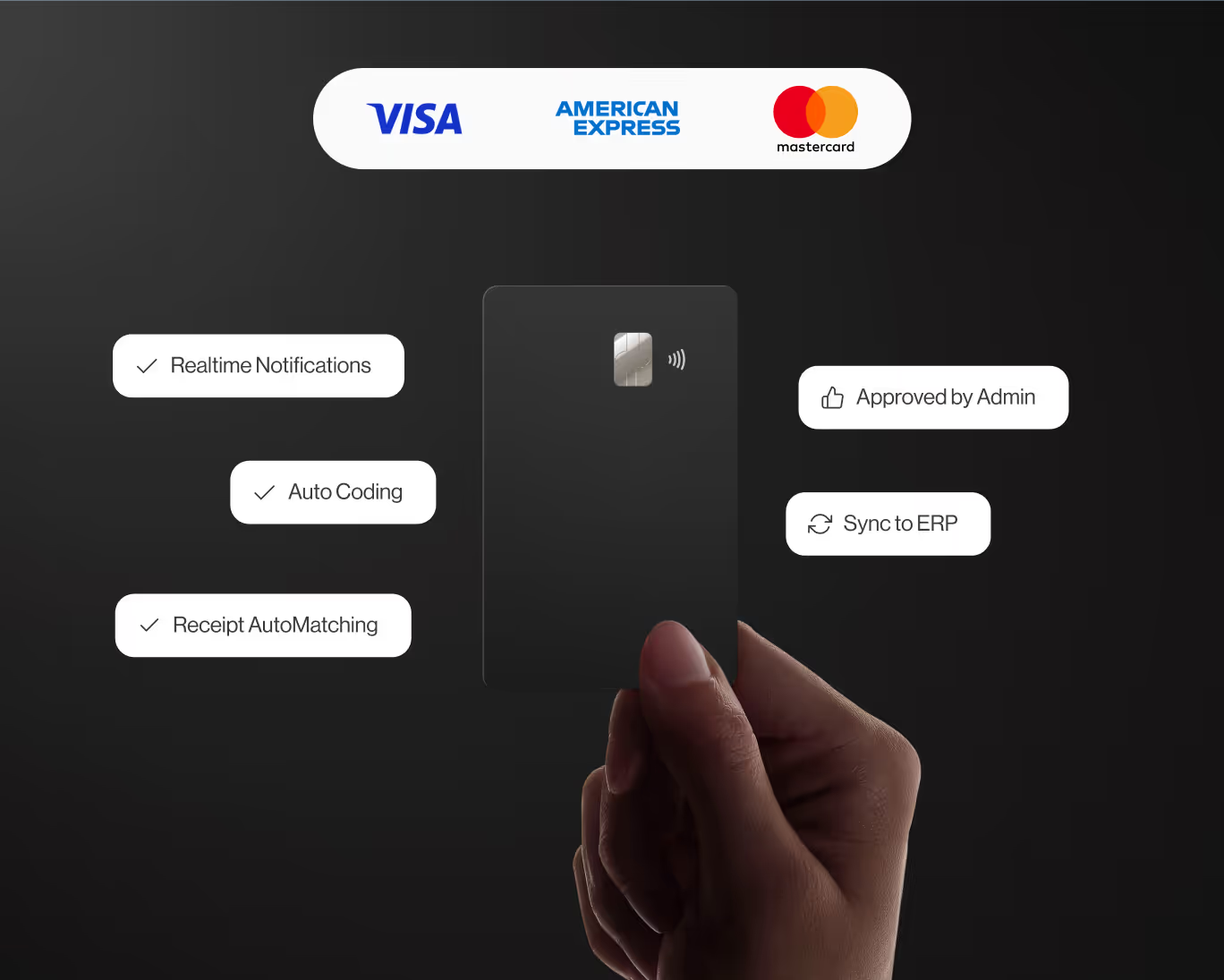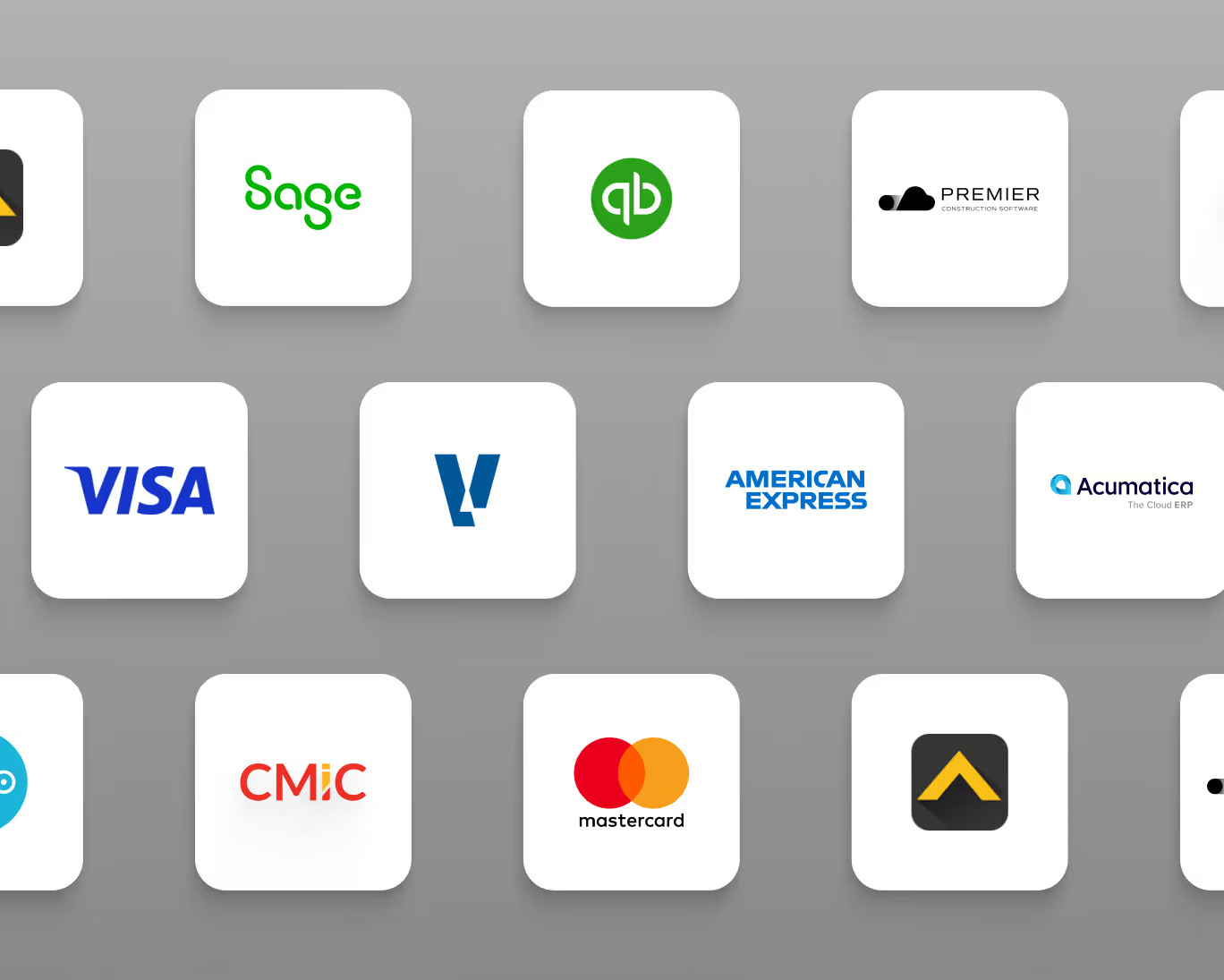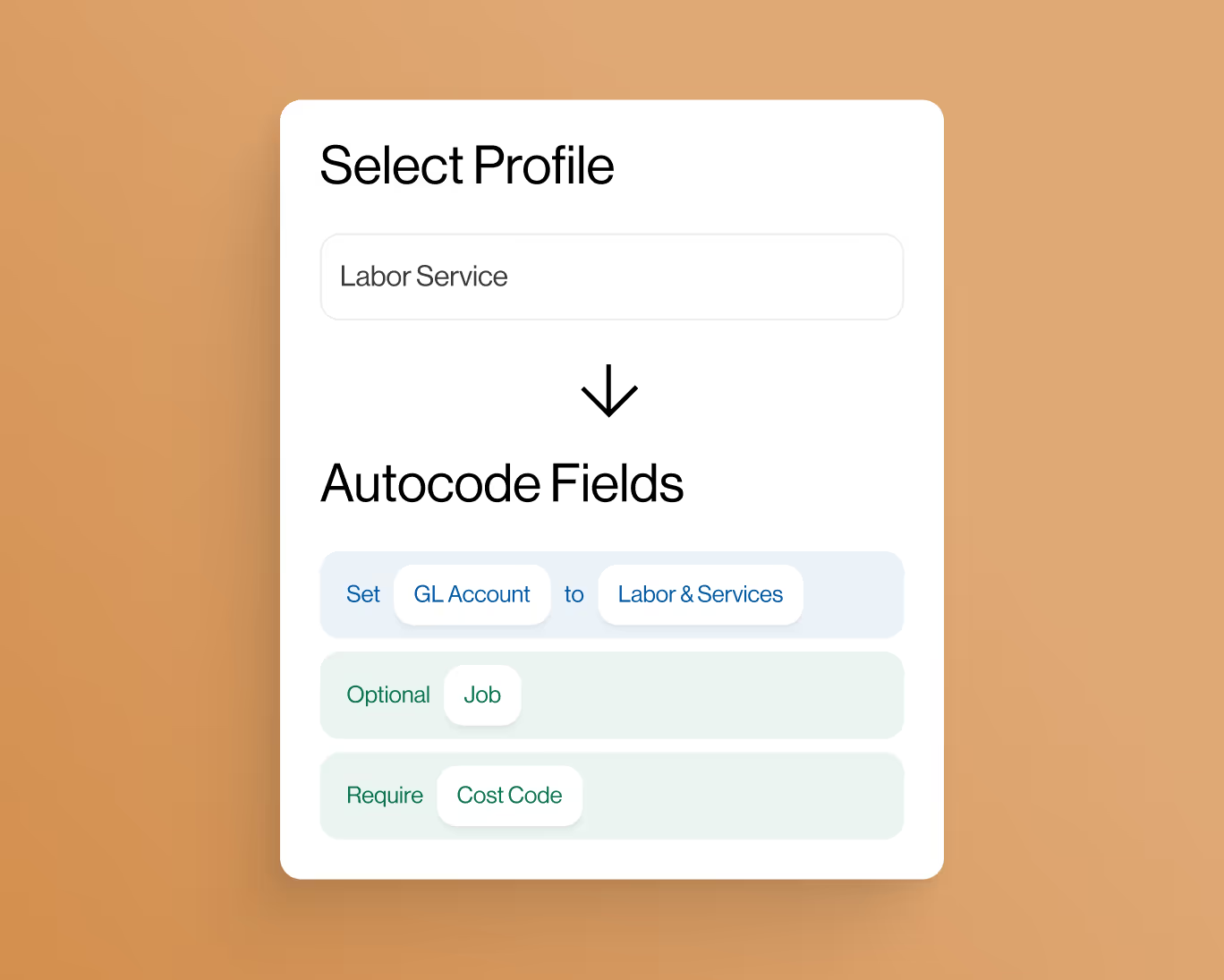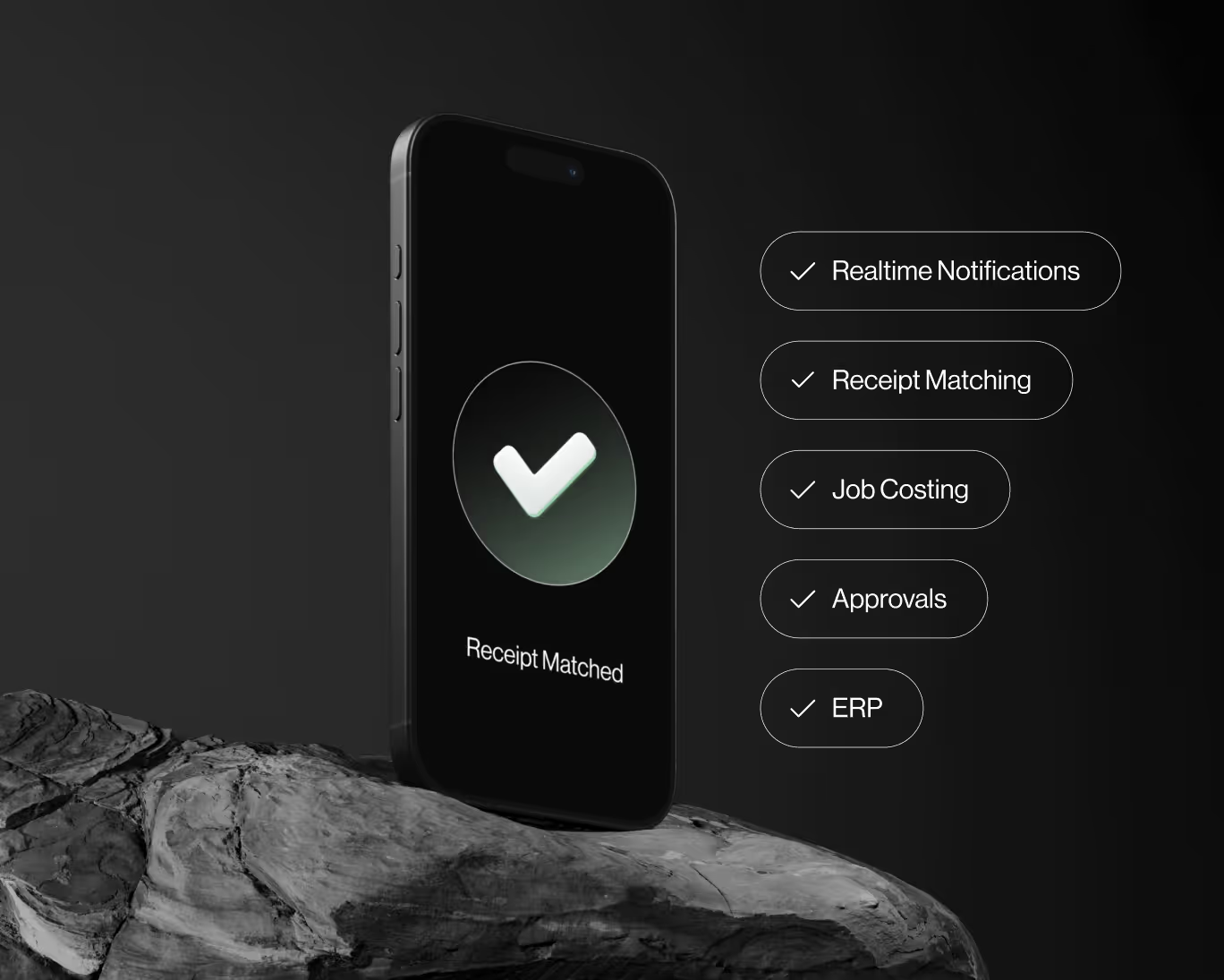Job Cost Card in Construction: Tracking Project Expenses for Success
Construction projects are intricate endeavors that require careful planning, execution, and financial management. One of the key aspects of successful construction project management is the ability to track and manage expenses effectively. To achieve this, construction companies rely on a powerful tool known as the Job Cost Card. In this blog post, we will explore the importance of the Job Cost Card in construction projects and how it plays a pivotal role in ensuring project success.
What is a Job Cost Card?
A Job Cost Card, also known as a Job Cost Sheet or Job Cost Record, is a detailed document used by construction companies to monitor and track the expenses associated with a specific project. It acts as a central repository of financial data related to the project and serves as a valuable resource for project managers, accountants, and other stakeholders to understand the project's financial health.
Components of a Job Cost Card
A typical Job Cost Card contains various components that provide a comprehensive overview of project expenses. These components include:
- Project Information: The Job Cost Card starts by listing essential project information, such as the project name, project number, location, client details, and the names of key personnel involved in the project.
- Cost Categories: To ensure a detailed breakdown of expenses, the Job Cost Card includes various cost categories. These categories encompass different aspects of the project, such as labor, materials, equipment, subcontractors, permits, and overhead costs.
- Budgeted Costs: For each cost category, the Job Cost Card sets the budgeted amount that the construction company expects to spend on the project. This provides a baseline for comparison with the actual expenses incurred during the project.
- Actual Costs: As the project progresses, the Job Cost Card is updated with actual expenses incurred for each cost category. This data is typically collected regularly, such as weekly or monthly, to maintain an accurate and up-to-date record.
- Variance Analysis: The Job Cost Card calculates the variance between budgeted costs and actual costs for each category. This analysis helps project managers identify areas where expenses are exceeding projections and take appropriate corrective actions to keep the project on track.
- Forecasting: Based on the data collected, the Job Cost Card can be used to forecast future expenses for the remainder of the project. This information is invaluable in making informed financial decisions and resource allocations.
The Importance of Job Cost Card in Construction
The Job Cost Card plays a vital role in the success of construction projects for several reasons:
- Financial Visibility: By maintaining a comprehensive record of project expenses, the Job Cost Card provides construction companies with clear visibility into their financial status at any given point in the project. This transparency enables timely financial adjustments to avoid cost overruns and potential budget shortfalls.
- Cost Control: With the help of variance analysis, project managers can identify cost overruns early on and take corrective actions promptly. This proactive approach to cost control helps in adhering to the budget and maximizing profitability.
- Resource Allocation: The Job Cost Card aids in effective resource allocation. By having a detailed breakdown of expenses, construction companies can allocate resources efficiently, ensuring that funds are available for critical project needs.
- Decision Making: Informed decision-making is crucial in the construction industry. The Job Cost Card provides accurate data, enabling project managers to make well-informed choices about adjustments in project scope, timelines, and resource allocation.
- Contract Compliance: For projects involving contracts, the Job Cost Card is essential for ensuring compliance with contractual agreements. It helps in validating expenses, verifying billing, and resolving any financial disputes.
- Project Performance Evaluation: By analyzing historical data from the Job Cost Card, construction companies can evaluate the performance of similar past projects, which assists in benchmarking and improving project estimation for future endeavors.
Conclusion
In the fast-paced and financially intricate world of construction, the Job Cost Card emerges as a powerful tool for tracking and managing project expenses. Its ability to provide financial visibility, cost control, and aid in resource allocation makes it an indispensable asset for construction companies striving for successful project outcomes. Embracing the Job Cost Card as a standard practice empowers construction companies to stay on top of their financial game and achieve excellence in project execution.



